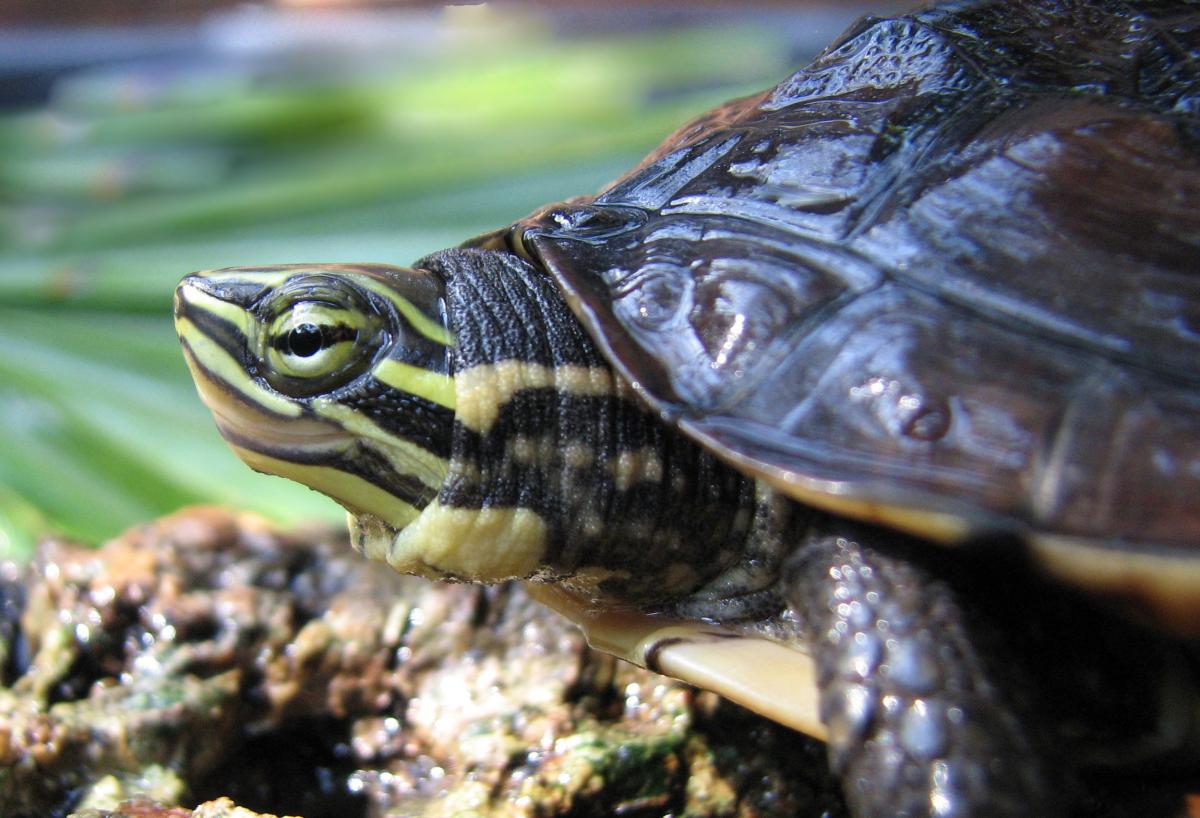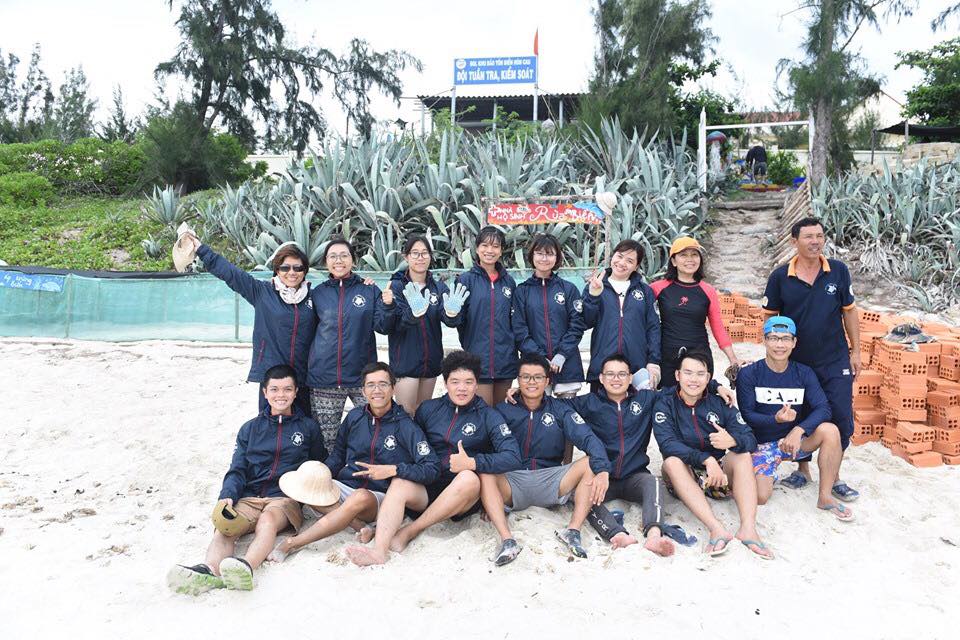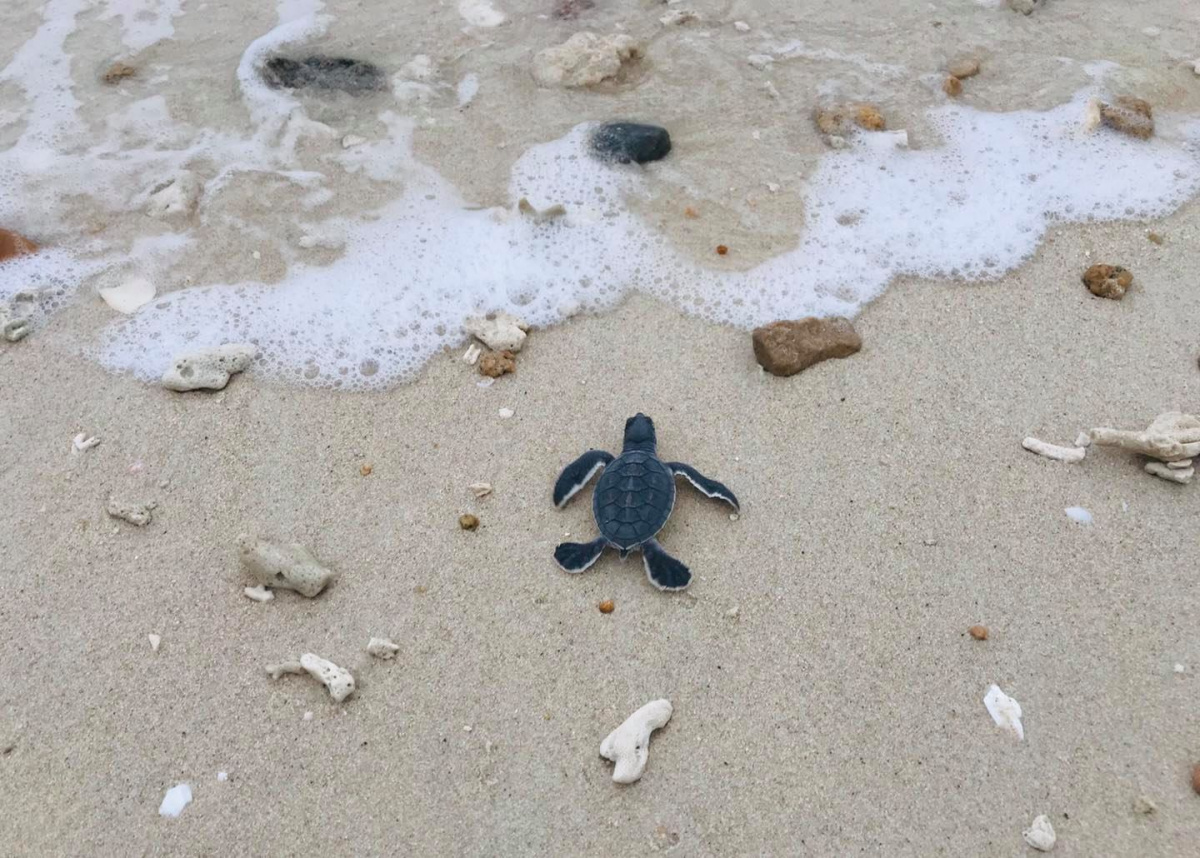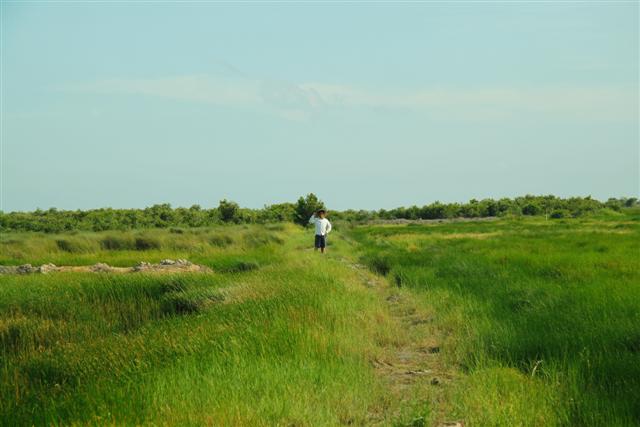DNA surveys offer hope to Viet Nam's Critically Endangered turtles
Advanced environmental DNA techniques are being used extensively in Viet Nam as researchers continue in their efforts to track down selected species of Critically Endangered reptiles. The methods have been successful in detecting the rare cave salamander (Proteus anguinus) in Montenegro, a project also funded by the Critical Ecosystem Partnership Fund (CEPF).

Photo: eDNA methods are increasingly being used to survey endangered species such as the Vietnamese pond turtle © Adam Stern/Wikimed
The approach, which involves surveying particular areas of potential habitat to see if an elusive animal has left behind its DNA, has had limited success in the country so far. Researchers aren't giving up however, and remain hopeful for the future.
Viet Nam is home to some of the world's most endangered turtle species. To date, four have been listed in the top 25 most endangered turtle species in the world by IUCN's Red List of Threatened Species™ .
The Vietnamese pond turtle (Mauremys annamensis) and Zhou’s box turtle (Cuora zhoui) are both listed as Critically Endangered, and very limited information on their natural population is available to support conservation efforts in the field.
Since its first description, based on specimens purchased from markets at Pingxian and Nanning in Guangxi province, China, Zhou’s box turtle has never been found in the wild, and its natural distribution range remains largely unknown. Surveys aiming to locate this species in China have not returned any reliable data.
Most recently, in 2008, it was claimed that two specimens of Zhou’s box turtle had been collected from northern Viet Nam in Cao Bang province. Earlier interviews and research in Tuyen Quang and Bac Can provinces has suggested that this species may occur in isolated wetlands in the region.
Meanwhile, the Vietnamese pond turtle is particularly vulnerable due to hunting pressure and is restricted to a small area of central Viet Nam. Current knowledge indicates that this species inhabits fragmented wetlands and ponds linked to rivers in lowland areas of seven provinces from Da Nang south to Phu Yen. The extreme rarity of the species means it has proved difficult to find in the wild. Surveys using traditional trapping techniques only captured the species once, in 2006.
For both of these elusive reptiles, more efficient methods are needed to improve survey efforts in areas where the species are thought to remain.
Environmental DNA, also known as eDNA, is an exciting tool to investigate the presence of elusive species in areas of interest, especially aquatic environments.
Using complex metagenomic analysis of samples taken from soil, water or even air that could possibly contain substances such as faeces, mucus, skin or hair, researchers are able to identify whether a specific species has been present in a location of interest.
As the two species of turtle in question are both highly aquatic, the eDNA approach has offered potential to confirm their presence in lakes, ponds, and swamps, where the process is especially applicable.
Since 2014, as part of the ongoing search for the Zhou's box turtle, 120 interview surveys have been conducted in Quang Ninh province, in addition to hundreds of other sample collections in Tuyen Quang and Bac Can provinces. Thirty one eDNA samples have so far been analysed, but work continues as no positive results have been detected yet. More surveys are planned in other northern provinces, and more DNA analyses are also under way.
However, researchers here are sadly starting to accept that it is very likely that the elusive species may have been eradicated from the wild.
Over the last two years, approximately 150 eDNA samples have been collected to confirm the presence of the Vietnamese pond turtle in three provinces: Quang Nam; Quang Ngai; and Phu Yen.
About half of the samples have so far been analysed without detection of the species DNA. Researchers hope that the other half will provide some hint about where the species might occur in natural wetlands. In the meantime, teams are working hard to find any trace of these two critically endangered turtles, in order to conserve them in the wild.



